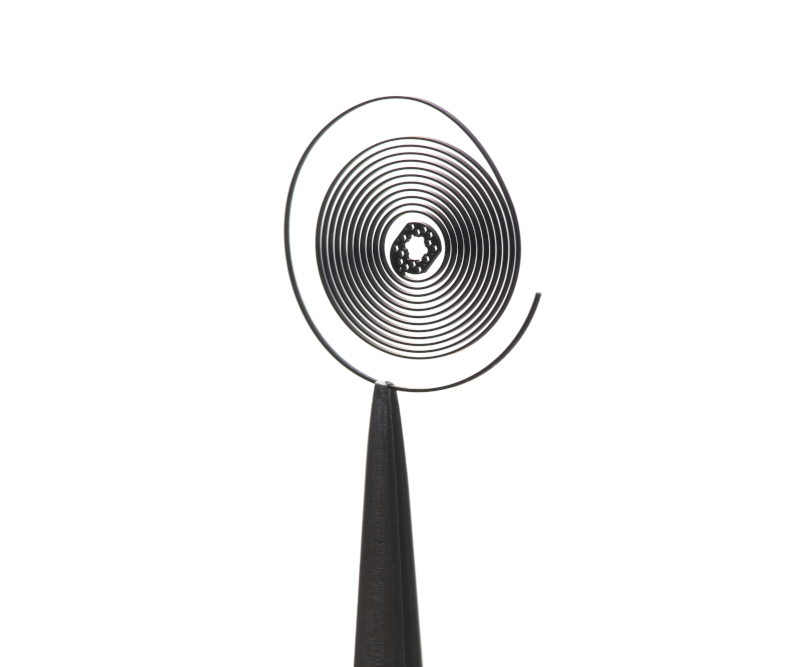
Just as the dust from Watches and Wonders settled, the luxury watch exhibition (born from the pandemic era), Geneva Watch Days, returns. With independent and watchmaking giants that include ZENITH and Furlan Marri, showcasing what’s on their slate, if you’re trying to make an impression at the Geneva Watch Days, by gum, you better make it a big splash.
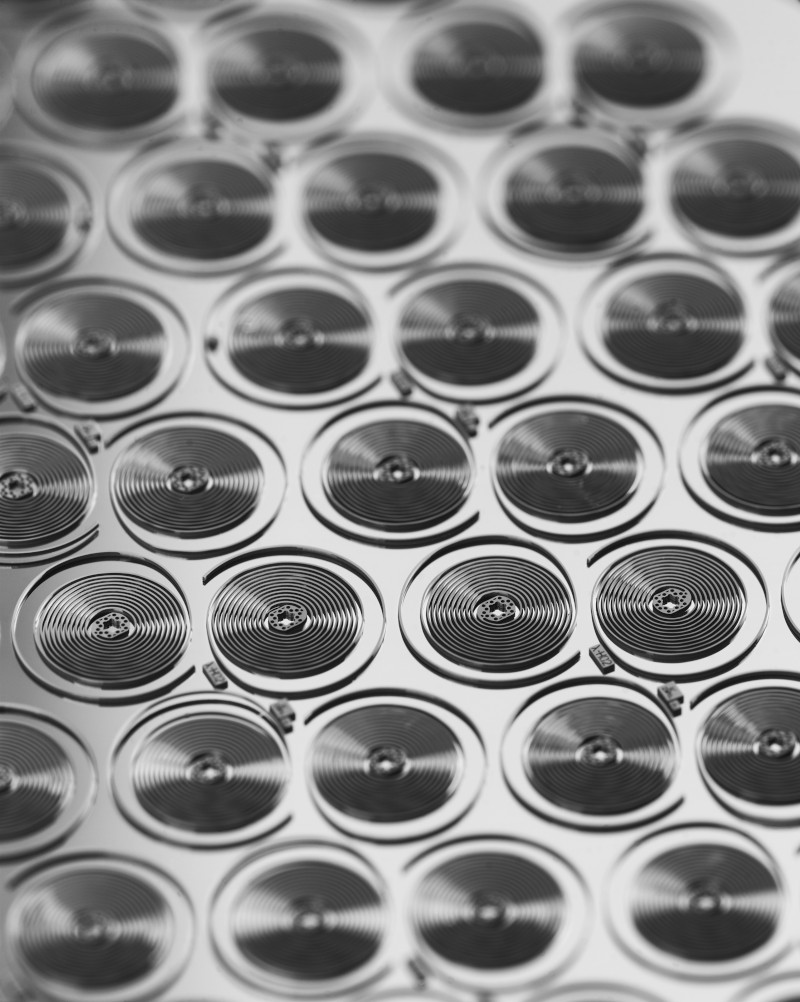
TAG Heuer didn’t play around as it introduced a new oscillator and a moonphase watch, the Carrera Astronomer. We look into the brand’s innovations.
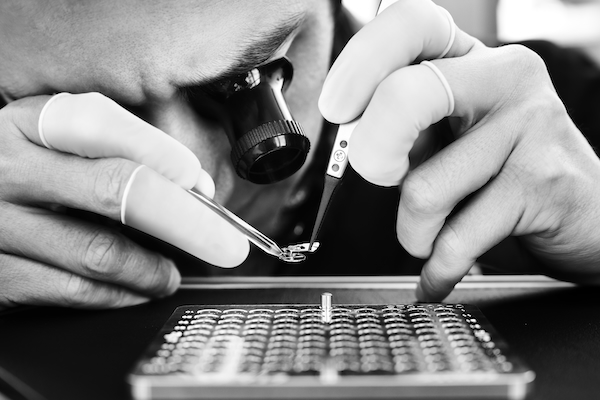
For more than 350 years, the humble hairspring was an integral part of mechanical watchmaking. Discovered by Dutch polymath Christiaan Huygens in 1675, he paired a balance wheel with a hair-thin spring and since then, the oscillator dictated how time is kept. But despite its excellence, the hairspring has its share of downsides—sensitivity to magnetism, vulnerability to shocks; it is a delicate thing that can upset the whole apple cart.
After nearly a decade of R&D, TAG Heuer has reinvented the wheel oscillator. TAG Heuer’s engineers, watchmakers and scientists worked on the project with an initial product that was supposed to launch in the market in 2019, but fell short of the Maison’s quality standard. Another six years of refinement and we finally got an in-house patented innovation: the TH-Carbonspring.
This carbon-based hairspring is resistant to magnetism, unbothered by shocks, and is lighter than its silicon or metal counterparts. The TH-Carbonspring delivers greater stability, resilience and chronometric precision over the long term.
Marking its launch, TAG Heuer chose two of its signature creations to house the new oscillator: the Monaco Flyback Chronograph TH-Carbonspring and the Carrera Chronograph Tourbillon Extreme Sport TH-Carbonspring.
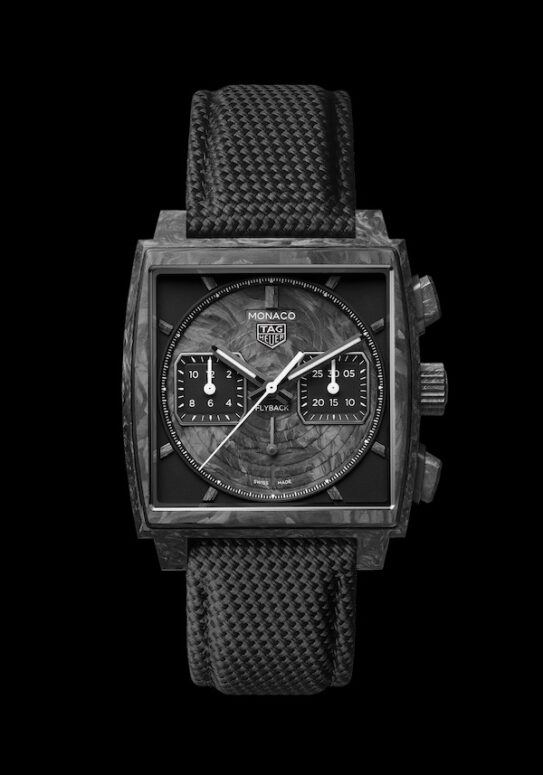
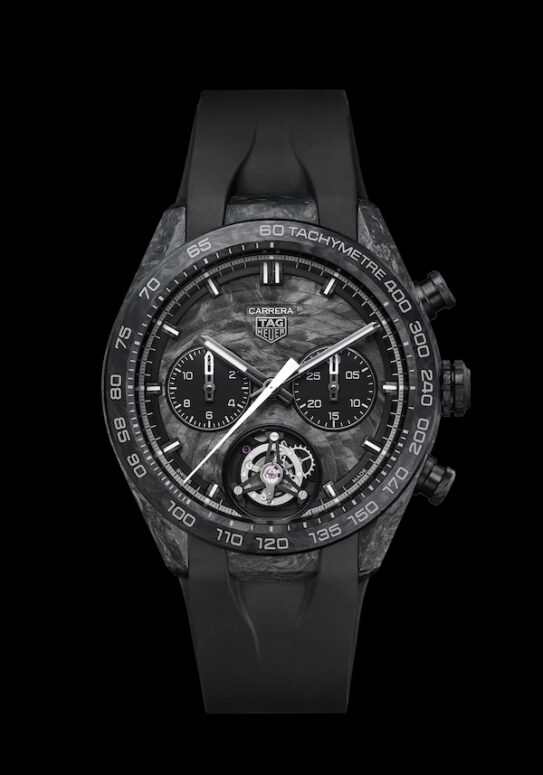
Both models feature forged carbon cases and dials. Notice the spiral motifs on the dials, which echo the geometry of a hairspring. The Monaco is powered by the in-house TH20-60 Calibre, an automatic flyback chronograph with 80 hours of power reserve, while the Carrera carries the TH20-61 Calibre, a chronograph tourbillon with 65 hours of reserve. Each model is limited to 50 numbered pieces.
For decades, TAG Heuer has always had an easy association with the racetrack. The Carrera model, especially, was born on the racetrack in the 1960s and now sets its sights from the checkered flag to the cosmos: this is TAG Heuer Carrera Astronomer.
The brand’s connection to space isn’t new. In 1962, astronaut John Glenn wore a modified Heuer 2915A stopwatch aboard NASA’s Friendship 7 spacecraft. Glenn relied on Swiss precision to measure each moment as he orbited the Earth three times. Now more than 60 years later, the Carrera Astronomer builds on that moment, trading the rush of race circuits for the slow rhythm of the lunar cycle.
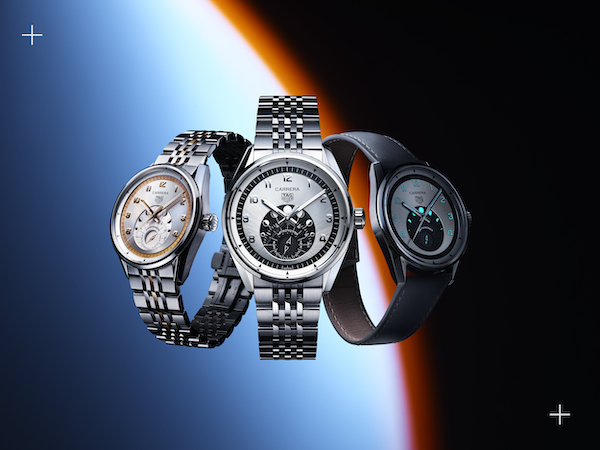
Debuting as a trilogy of 39mm references, each Carrera Astronomer model is distinct in character yet united by the same design philosophy.
We have the Stainless Steel Core Model (500 pieces)—a silver dial with a black flange and a black moonphase disc creates stark contrast. Rhodium-plated, the hands are made legible by the Super-LumiNova paint, while the bracelet reinterprets TAG Heuer’s iconic 1960s beads-of-rice design for modern elegance.
The Turquoise-Accented Limited Edition (500 pieces) has a silver dial and dark grey flange, a backdrop for luminous turquoise accents across the numerals, hands and moonphase display. It’s paired with a grey leather strap for a contemporary edge.
Finally, there’s the Two-Tone Rose Gold Limited Edition (500 pieces), where you have 18K 5N rose gold plating on the flange, hands and bracelet. The moonphase features blend seamlessly into the composition with a tone-on-tone execution.
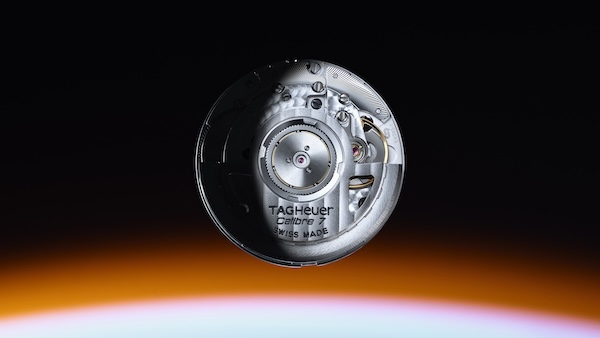
At the heart of the Carrera Astronomer is the newly developed Calibre 7, a mechanical movement with a 50-hour power reserve. At 6 o’clock is the moonphase complication, where a rotating disc presents seven illustrated lunar stages. Two slender arrows track both the moon’s current phase and its place in the 29.5-day cycle, updating daily at precisely 1am to stay in perfect rhythm with the sky above.
Unlike the stylised depictions found on traditional moonphase watches, TAG Heuer’s approach is rooted in fidelity. On the caseback, an engraved astronomical observatory and a victory wreath reinforce the watch’s cosmic inspiration and its spirit of triumph.